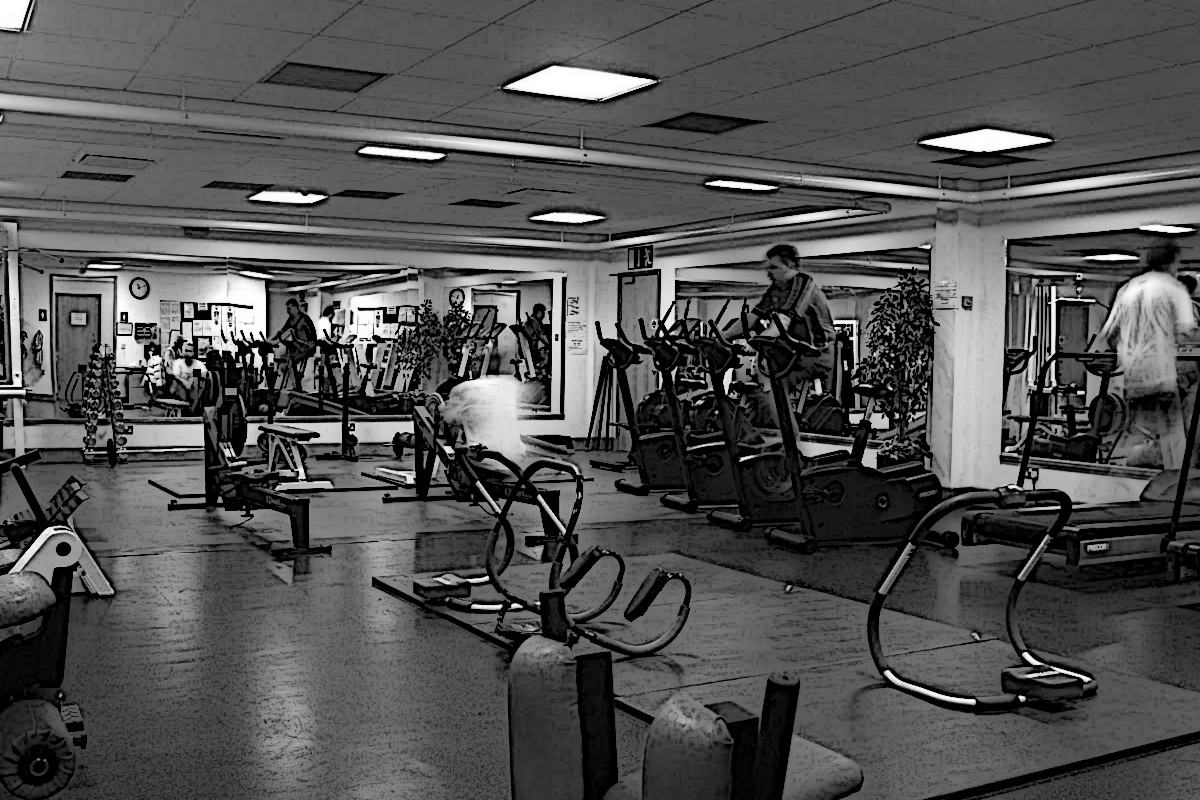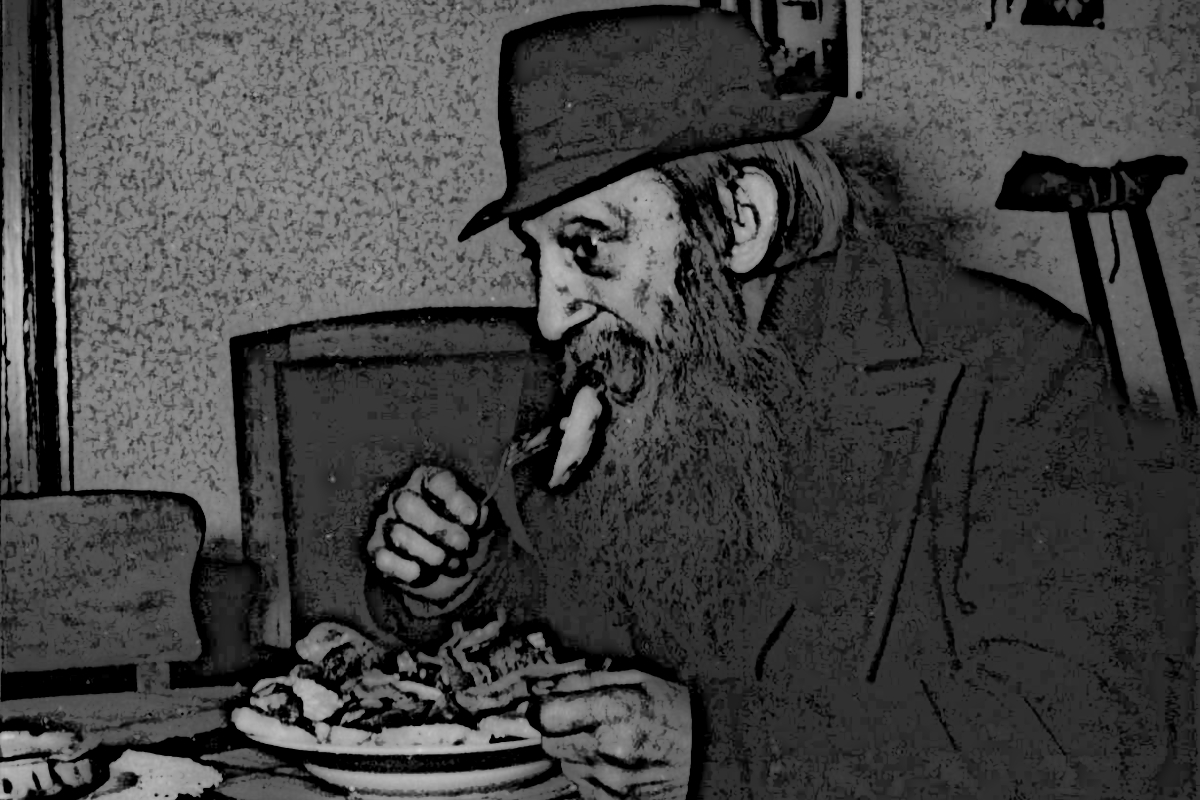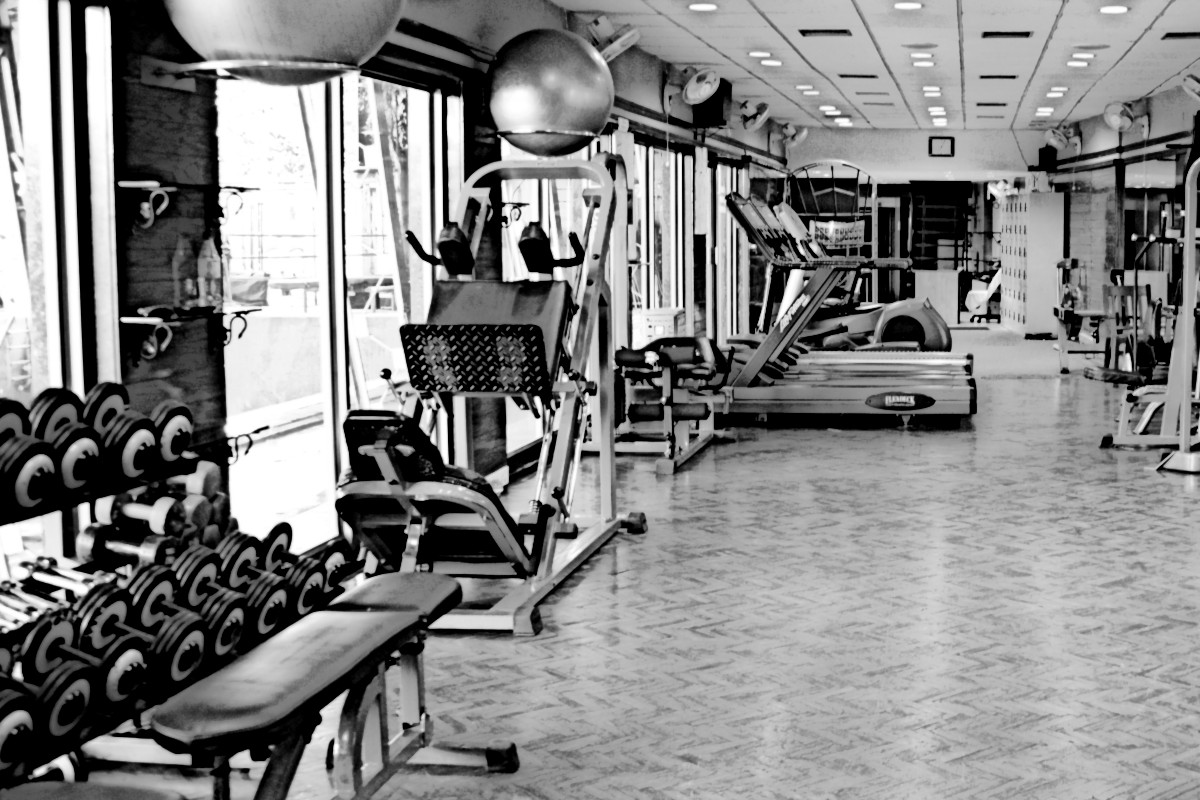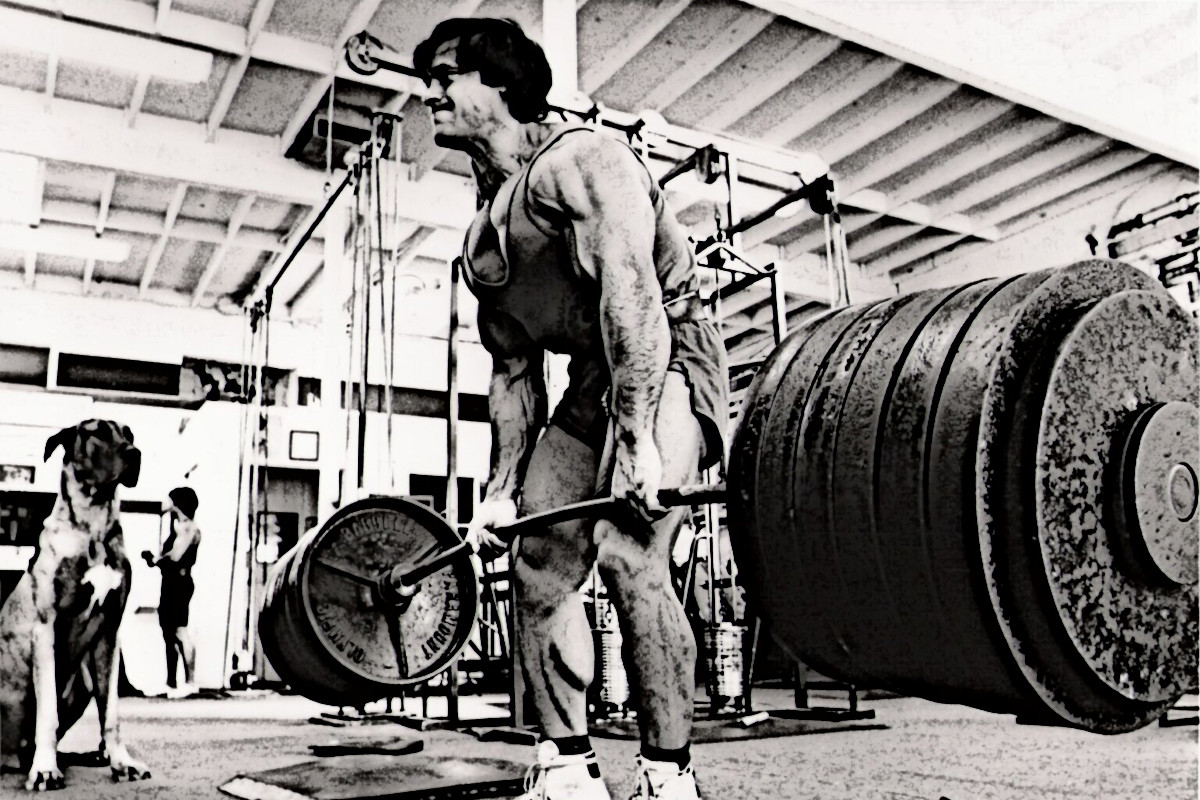
The world of bodybuilding has undergone tremendous transformations over the decades, but one era stands out for its profound impact and cultural significance: the Golden Age of Bodybuilding in the late 60s and 70s. This period, often referred to as the "Gold's Gym Era," marks the time when bodybuilding transcended from a niche activity to a global phenomenon. Let's delve into the rich history, iconic figures, and enduring legacy of this pivotal era.
The Birth of Gold's Gym
Gold's Gym, founded in 1965 by Joe Gold in Venice Beach, California, became the epicenter of the bodybuilding world. What started as a modest establishment quickly grew into a mecca for bodybuilders, attracting enthusiasts from all corners of the globe. Gold's Gym was not just a place to lift weights; it was a community where like-minded individuals could share their passion, exchange knowledge, and push each other to new heights.
The Rise of Iconic Figures
The late 60s and 70s saw the emergence of some of the most legendary bodybuilders in history. These athletes not only achieved extraordinary physiques but also became cultural icons who inspired millions. Among them, Arnold Schwarzenegger stands out as the most influential figure. With his unparalleled charisma, discipline, and competitive spirit, Schwarzenegger won the Mr. Olympia title seven times and played a crucial role in popularizing bodybuilding.
Other notable figures from this era include:
- Franco Columbu: Known for his incredible strength and compact, muscular physique, Columbu was a close friend and training partner of Schwarzenegger. He won the Mr. Olympia title twice and remained a prominent figure in bodybuilding.
- Frank Zane: Renowned for his aesthetic physique and emphasis on symmetry and proportion, Zane won the Mr. Olympia title three times. His approach to bodybuilding emphasized the importance of balance and artistry in physique development.
- Lou Ferrigno: Standing at 6'5" and weighing over 275 pounds, Ferrigno's massive size and impressive muscle mass earned him the nickname "The Hulk." He gained fame not only as a bodybuilder but also as an actor, starring in the television series "The Incredible Hulk."
Training and Nutrition Philosophy
The training philosophy during the Gold's Gym era was characterized by high-volume, high-intensity workouts. Bodybuilders spent hours in the gym, often training twice a day, focusing on different muscle groups each session. The emphasis was on lifting heavy weights, performing multiple sets and repetitions, and constantly pushing the limits of physical endurance.
Nutrition played a vital role in achieving the lean, muscular physiques that defined the era. Bodybuilders followed strict diets, high in protein to support muscle growth, and low in fats and carbohydrates to maintain low body fat levels. Supplements such as protein powders, amino acids, and vitamins were also widely used to enhance performance and recovery.
The Influence of Media
The rise of bodybuilding in the 60s and 70s coincided with the growing influence of media, which played a significant role in promoting the sport. Magazines like "Muscle & Fitness" and "Iron Man" featured training tips, nutrition advice, and profiles of top bodybuilders, inspiring readers to pursue their fitness goals.
The 1977 documentary film "Pumping Iron" was a game-changer for bodybuilding. Directed by George Butler and Robert Fiore, the film followed the journey of Arnold Schwarzenegger, Lou Ferrigno, and other bodybuilders as they prepared for the 1975 Mr. Olympia competition. "Pumping Iron" provided an intimate look into the lives of bodybuilders, showcasing their dedication, rivalry, and camaraderie. The film's success brought bodybuilding into the mainstream and solidified Schwarzenegger's status as a cultural icon.
The Legacy of the Golden Age
The Golden Age of Bodybuilding left an indelible mark on the fitness world. The physiques and personalities of the bodybuilders from this era continue to inspire new generations of athletes. The principles of high-intensity training, disciplined nutrition, and the pursuit of physical excellence remain central to bodybuilding culture.
Gold's Gym, the birthplace of this era, has expanded globally, with over 700 locations worldwide. It remains a symbol of the passion and dedication that defined the Golden Age of Bodybuilding.
In conclusion, the Gold's Gym Era of the late 60s and 70s was a transformative period that elevated bodybuilding to new heights. The iconic figures, innovative training methods, and cultural impact of this era have left a lasting legacy that continues to shape the world of fitness today. Whether you're a seasoned bodybuilder or someone just starting their fitness journey, the Golden Age of Bodybuilding offers timeless lessons in dedication, perseverance, and the pursuit of excellence.
AI generated content.
Please be advised that I am not a licensed medical professional or a certified fitness trainer. The information presented on this blog is solely for informational purposes and should not be misconstrued as medical advice. Before embarking on any new exercise regimen, way of performing an exercise or dietary changes, it is crucial to seek guidance from your healthcare provider. Always prioritize your physical well-being and discontinue any activity that causes discomfort or pain. This blog serves as a platform for sharing personal experiences and perspectives, not as a substitute for professional medical or fitness advice. Please exercise due diligence and consult with a qualified healthcare professional before making any significant changes to your health and wellness routine.






